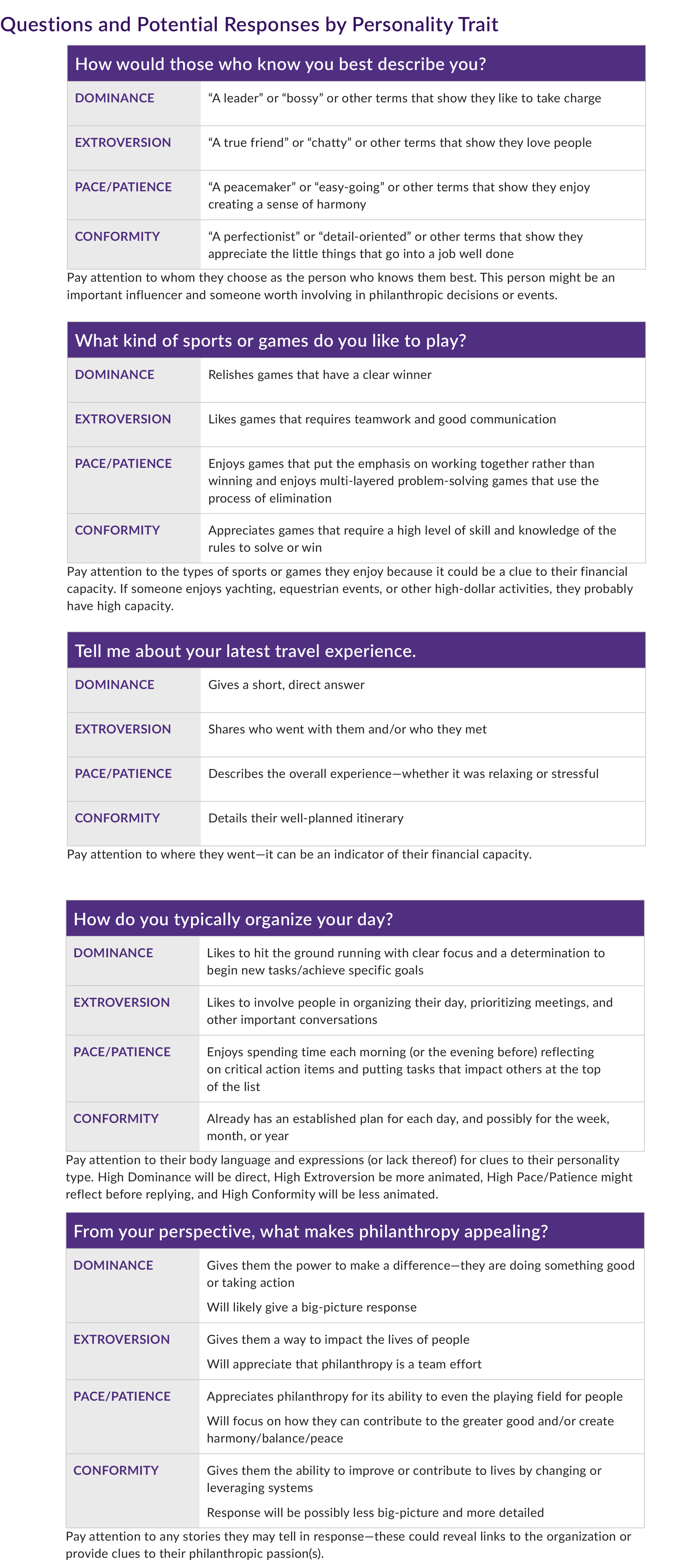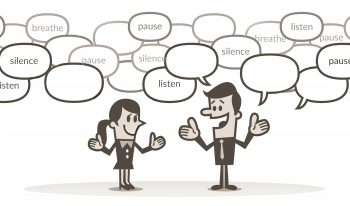Sometimes, when trying to get a donor to move forward in their commitment or a teammate to collaborate, we need to follow the Platinum Rule: Treat others the way they want to be treated. Figuring out how someone would like to be treated is as simple (or complicated!) as determining their personality type.
Around the turn of the 20th century, the first modern personality test was developed to better assign military personnel to various roles. What researchers discovered is that people are different, but they are predictably different. For example, those more methodical were better suited to being in the logistics corps, while those more bold and adventurous made better pilots. That body of work went on to inform the many personality tests that came after it, including the Proscan® DynaMetric Profile (PDP) that classifies personality profiles based on four cornerstone behavioral traits: Dominance, Extroversion, Pace/Patience, and Conformity.
- Those who exhibit high Dominance focus on achievement and getting things done, and they love being in charge.
- Those with high Extroversion focus on relationships and love doing anything that involves being with people.
- Those who display high Pace/Patience seek a harmonious and predictable environment and enjoy making progress at a steady pace.
- Those who have high Conformity are systems-oriented and feel most comfortable when they have a process to follow—particularly one they had input in setting up.
The beauty of this trait-based system is that we can easily identify the highest behavioral trait(s) of individuals and use that information to our advantage when communicating with them, working with them, and inspiring them. Asking a few strategic questions, listening carefully to the answers, and observing mannerisms will go a long way in determining someone’s personality profile, enabling you to understand and work with them more effectively.
Here are a few questions to get you started on your sleuthing adventure—and the potential responses that each personality type might give.

Use these and other high-value questions you come up with on your own to determine the highest personality trait of potential donors and those with whom you work. If you are struggling to break through or to collaborate more effectively, take some time to think about the Platinum Rule and how you can best communicate with others according to their preferences. Doing so will elevate your conversations—and your work—to higher levels.
Are you interested in learning more about personality traits and how to harness that information to provide greater benefit to both your donors and colleagues? Our public offering, The Art and Science of Donor Development, fits the bill.


